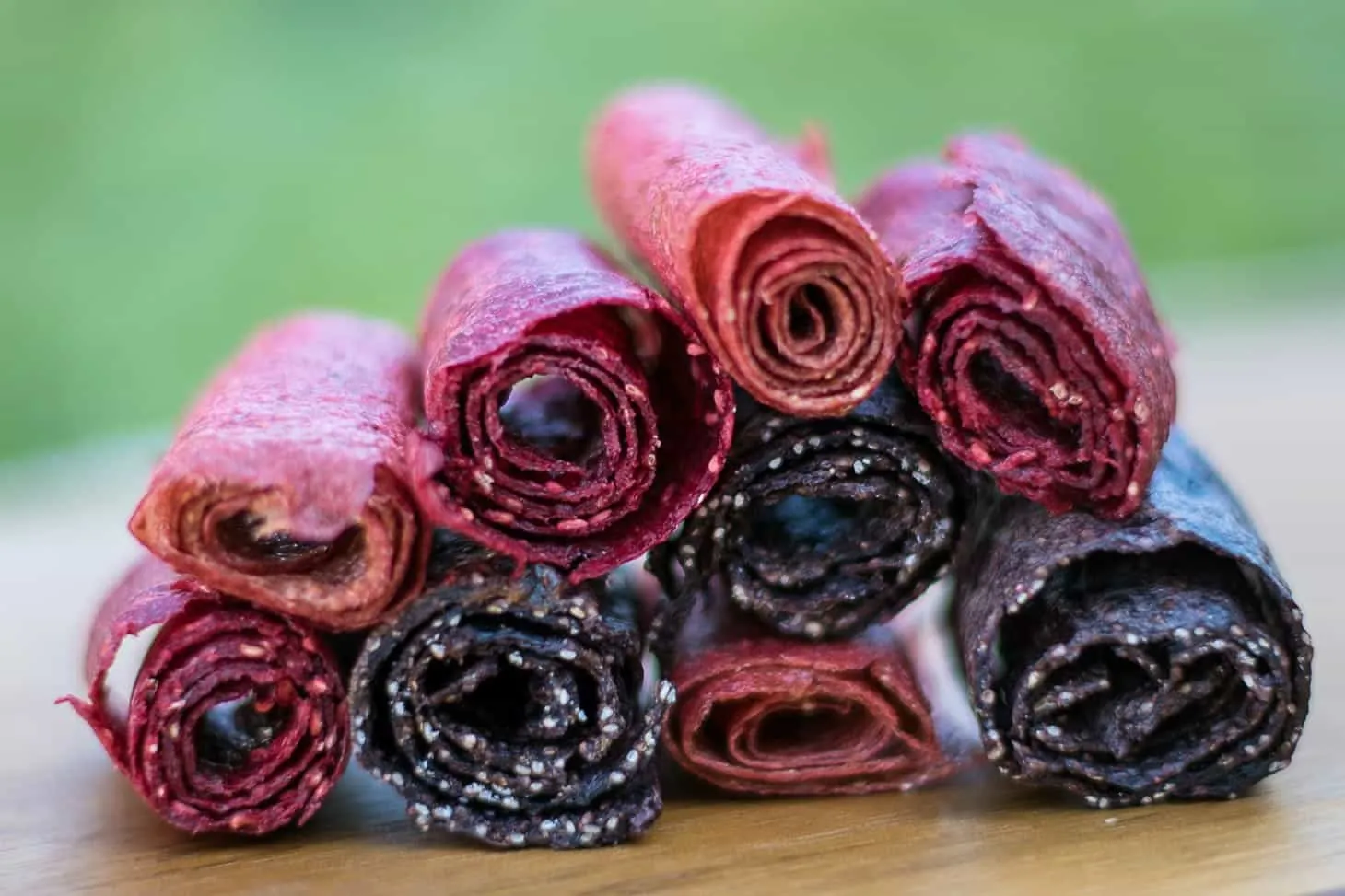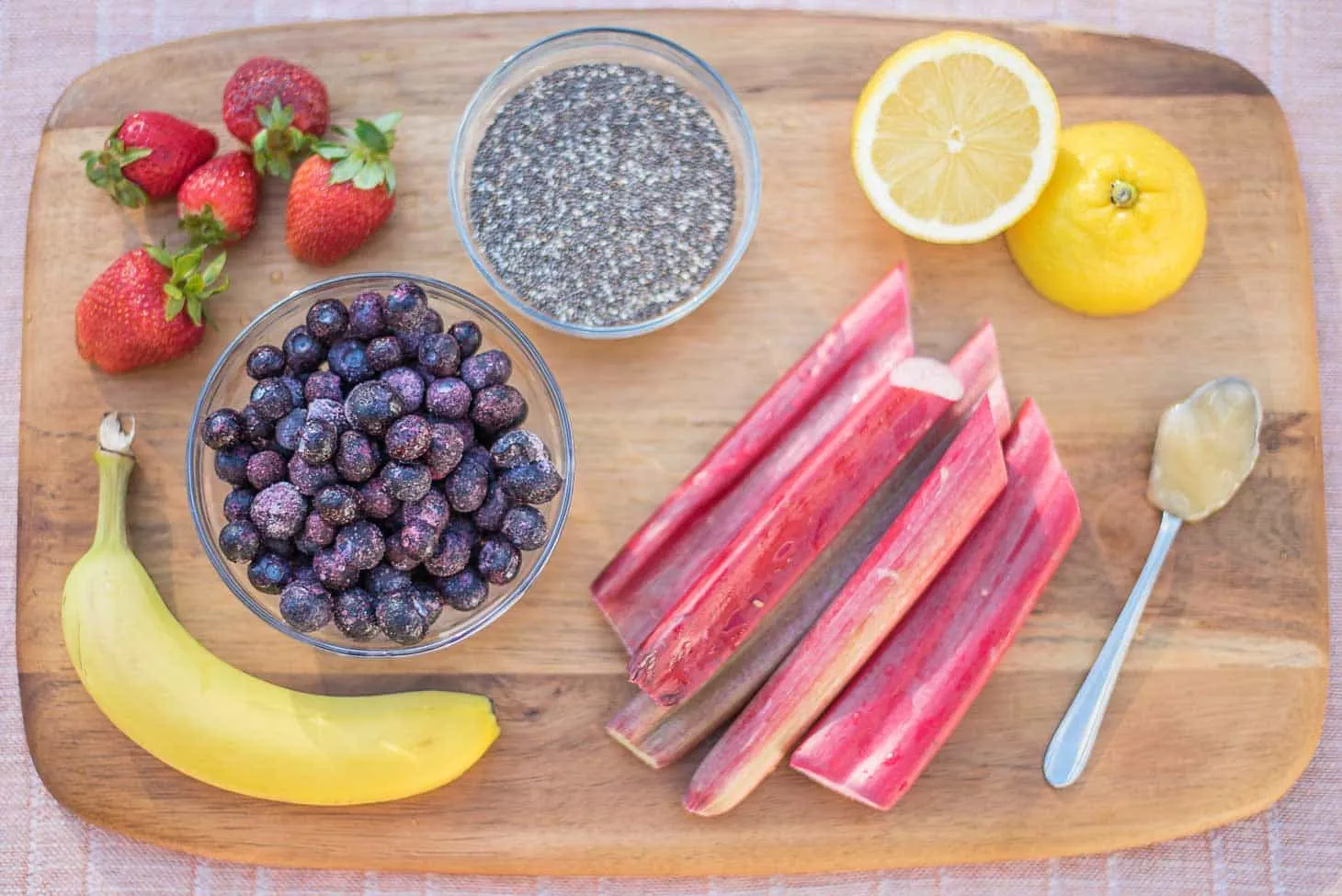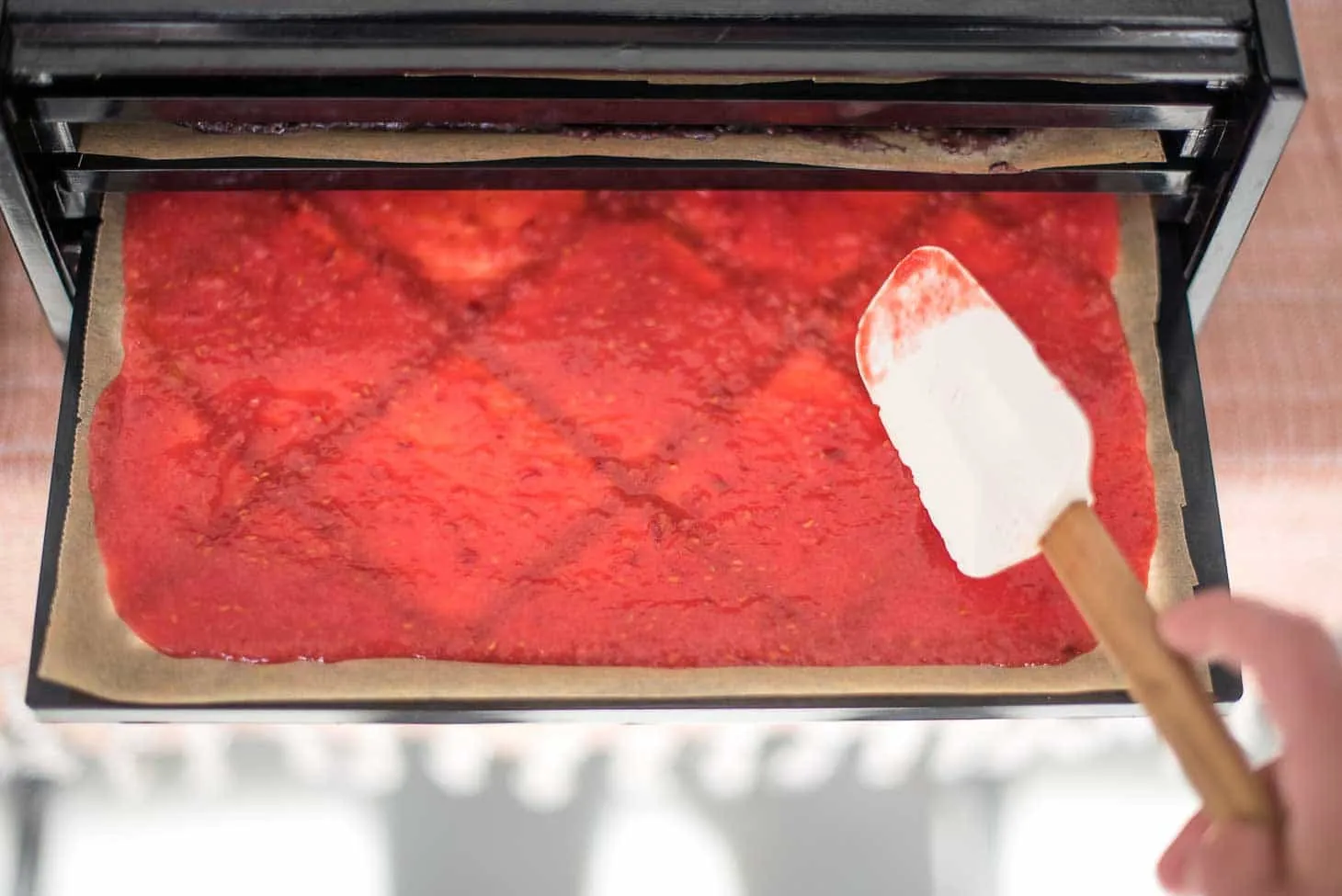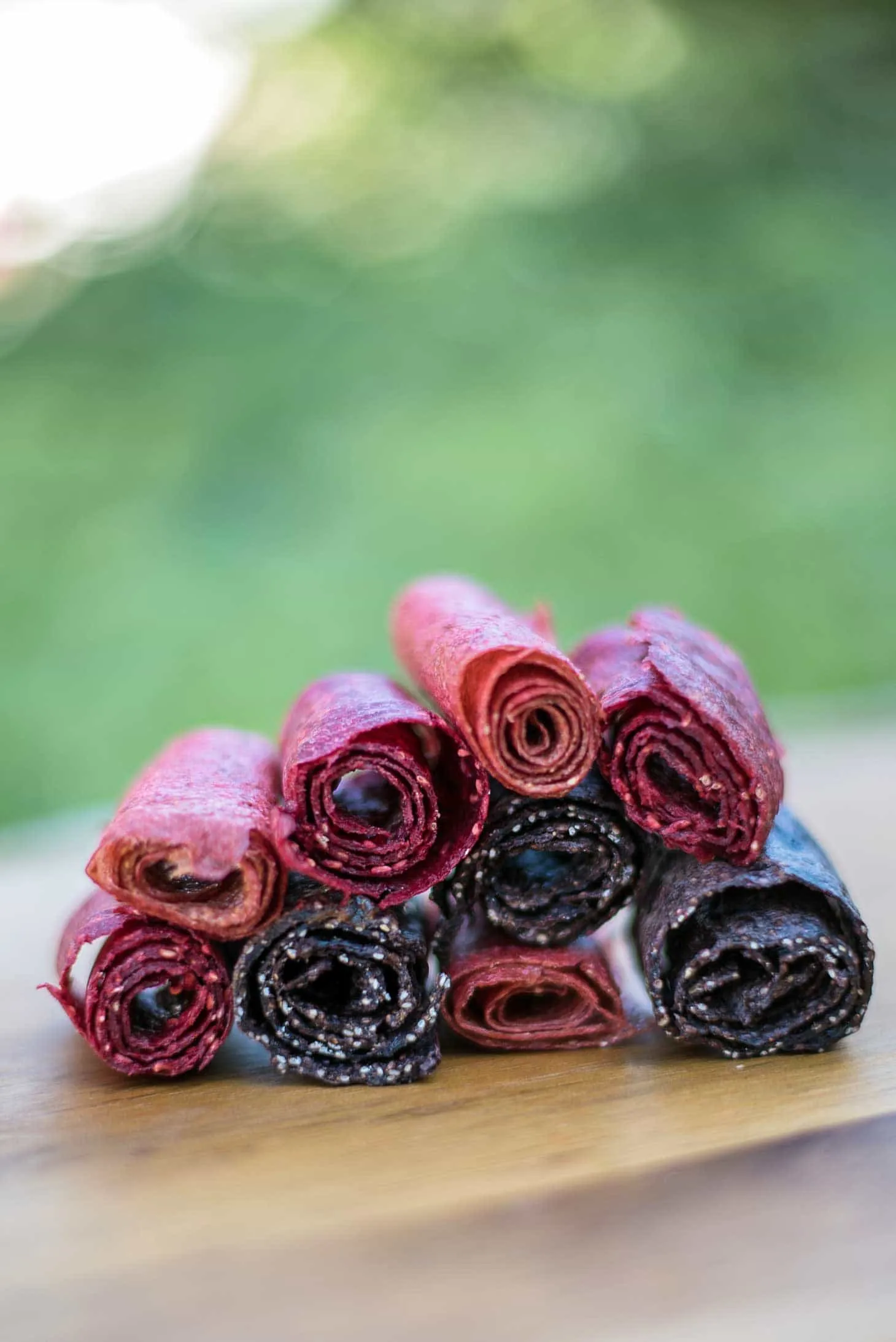Craft Your Own Healthy Snacks: A Guide to Dehydrating Fruit Leathers

As artists and creators, we at Robert Kline Art understand the importance of fueling our bodies with nutritious and delicious food. It’s easy to reach for processed snacks, but there’s a certain satisfaction that comes with crafting your own. Today, we’re diving into the world of homemade fruit leathers – a healthy, portable, and surprisingly easy snack to make using a dehydrator.
Imagine this: you’re packing your bag for a hike, a bike ride, or simply a busy afternoon. Instead of grabbing a store-bought snack bar, you pull out a chewy, flavorful fruit leather that you made with your own two hands. Intrigued? Let’s get started!
Why Dehydrate Fruit Leathers?
Before we jump into the how-to, let’s talk about why fruit leathers are such a fantastic snack, especially for those with an active lifestyle or a passion for homemade goodies.
- Nutritious and Delicious: Fruit leathers are simply pureed fruits, dried to a chewy perfection. This means you’re getting a concentrated dose of vitamins, minerals, and fiber, without any added preservatives or artificial ingredients.
- Lightweight and Portable: Forget bulky snacks! Fruit leathers are lightweight and easy to pack, making them ideal for hiking, camping, or just tossing in your bag for on-the-go snacking.
- Customizable Flavors: The flavor combinations are endless! Use whatever fruits you have on hand, or get creative with seasonal blends.
- Cost-Effective: Making your own fruit leathers is often more economical than buying them pre-made. Plus, you can control the quality of ingredients.
Gathering Your Supplies
Making fruit leathers requires very few specialized tools. Here’s what you’ll need:
- Dehydrator: A dehydrator is key to achieving the perfect chewy texture. Look for one with adjustable temperature settings for optimal drying. (I highly recommend the COSORI Premium, as it offers excellent control and consistent results.)
- Blender or Food Processor: You’ll need a high-powered blender or food processor to puree your fruits into a smooth mixture.
- Dehydrator Tray Liners: Parchment paper or silicone dehydrator sheets prevent sticking and make cleanup a breeze.
- Offset Spatula: An offset spatula helps to spread the puree evenly on the dehydrator trays.
Creating Your Fruit Leather Masterpieces
Let’s get down to the art of crafting delicious fruit leathers. The process is surprisingly simple, and with a little practice, you’ll be a pro in no time.
Step 1: Preparing Your Fruit
Start by selecting ripe or slightly overripe fruits. Wash them thoroughly, remove any stems or pits, and chop them into smaller pieces.
Robert Kline Art Tip: Don’t discard those peels! Fruit peels are packed with nutrients and fiber. Unless the peel is particularly thick or bitter, try incorporating it into your puree.
Step 2: Blending and Sweetening
Combine your chosen fruits in a blender or food processor and blend until smooth. If your fruits are naturally sweet, you can skip the sweetener. However, a touch of honey, maple syrup, or dates can enhance the flavor.
Expert Insight: “The amount of sweetener is a matter of personal preference,” says renowned nutritionist Emily Carter. “Start with a small amount and adjust to your liking.”
Step 3: Spreading and Dehydrating
Line your dehydrator trays with parchment paper or silicone sheets. Pour the fruit puree onto the trays, spreading it evenly with an offset spatula. Aim for a thickness of about 1/4 inch around the edges and 1/8 inch in the center.
Dehydrate at 145°F (63°C) for 6-8 hours, or until the leather is slightly shiny and no longer sticky to the touch. To speed up the drying time, you can remove the parchment paper after a few hours.
Step 4: Cooling and Storing
Once your fruit leathers are dehydrated, allow them to cool completely. Then, gently peel them off the trays and roll them into tight rolls. Slice the rolls into desired lengths and store them in airtight containers or ziplock bags in a cool, dark, and dry place.
 Learn how to make fruit leathers in a dehydrator
Learn how to make fruit leathers in a dehydrator
Flavor Inspiration: Three Recipes to Get You Started
Feeling inspired? Here are three of my favorite fruit leather combinations:
1. Strawberry Rhubarb: A classic combination that balances sweetness and tartness.
 Ingredients for DIY Fruit Leathers
Ingredients for DIY Fruit Leathers
- 2 cups rhubarb, diced and cooked until soft
- 3 cups strawberries, diced
- 1/4 cup honey
2. Blueberry Chia Banana: A boost of antioxidants and healthy fats!
- 2 cups blueberries
- 2 small ripe bananas, peeled
- 1/4 cup chia seeds
- 5-10 dates, pitted (adjust to your sweetness preference)
3. Raspberry Peach: A summery blend that’s bursting with flavor.
- 2 cups raspberries
- 3 peaches, pitted and diced
- 1/4 cup honey
 How to make fruit leathers in a dehydrator – a perfect on-the-go hiking snack
How to make fruit leathers in a dehydrator – a perfect on-the-go hiking snack
Embrace the Art of Homemade Snacks
Making your own fruit leathers is a rewarding and delicious way to explore your culinary creativity. It’s a chance to experiment with different flavor combinations, use up ripe fruits, and create snacks that are as unique as you are. So, gather your ingredients, fire up that dehydrator, and start crafting your own healthy and flavorful masterpieces!
 How to Make Fruit Leather in a dehydrator
How to Make Fruit Leather in a dehydrator
What are your favorite fruit leather combinations? Share your creations and connect with fellow food enthusiasts in the comments below! And don’t forget to explore the Robert Kline Art website for more creative inspiration and unique handmade gifts.
